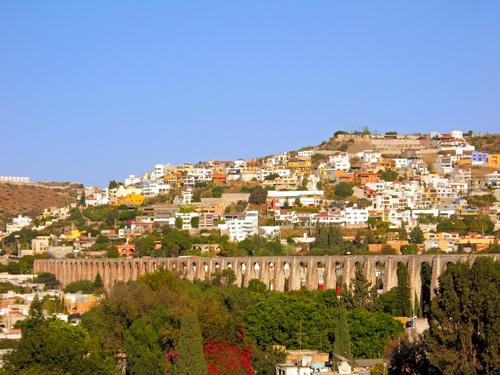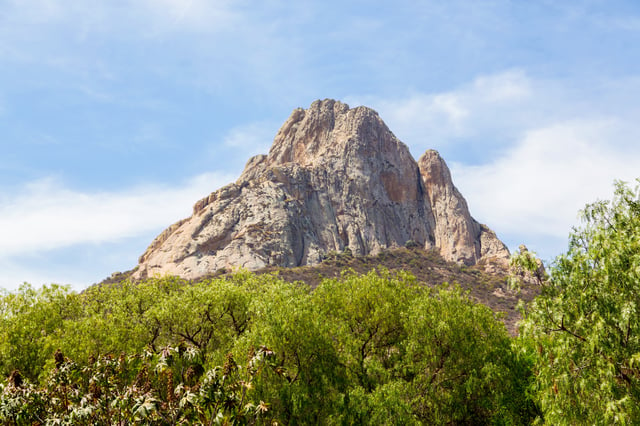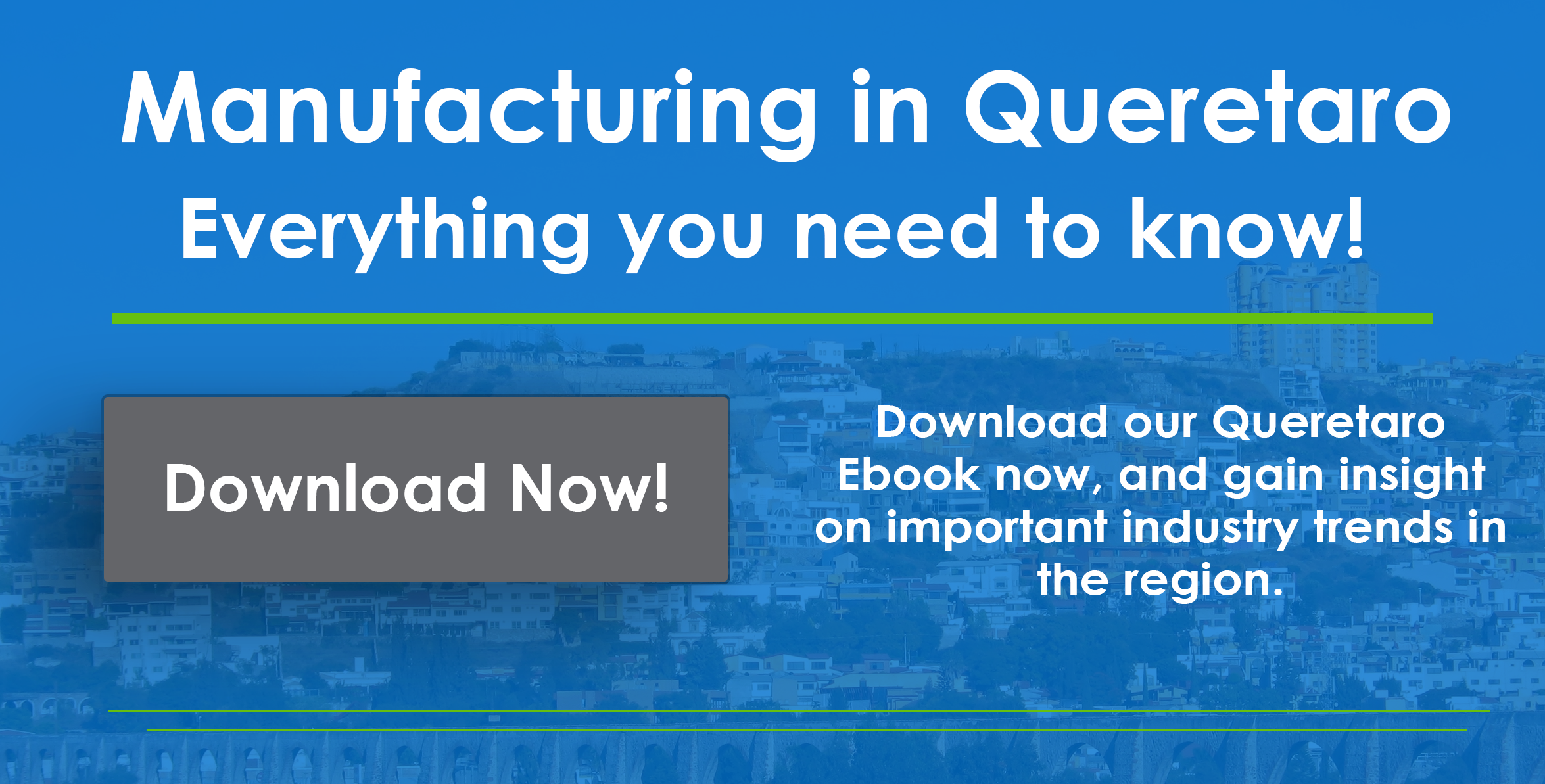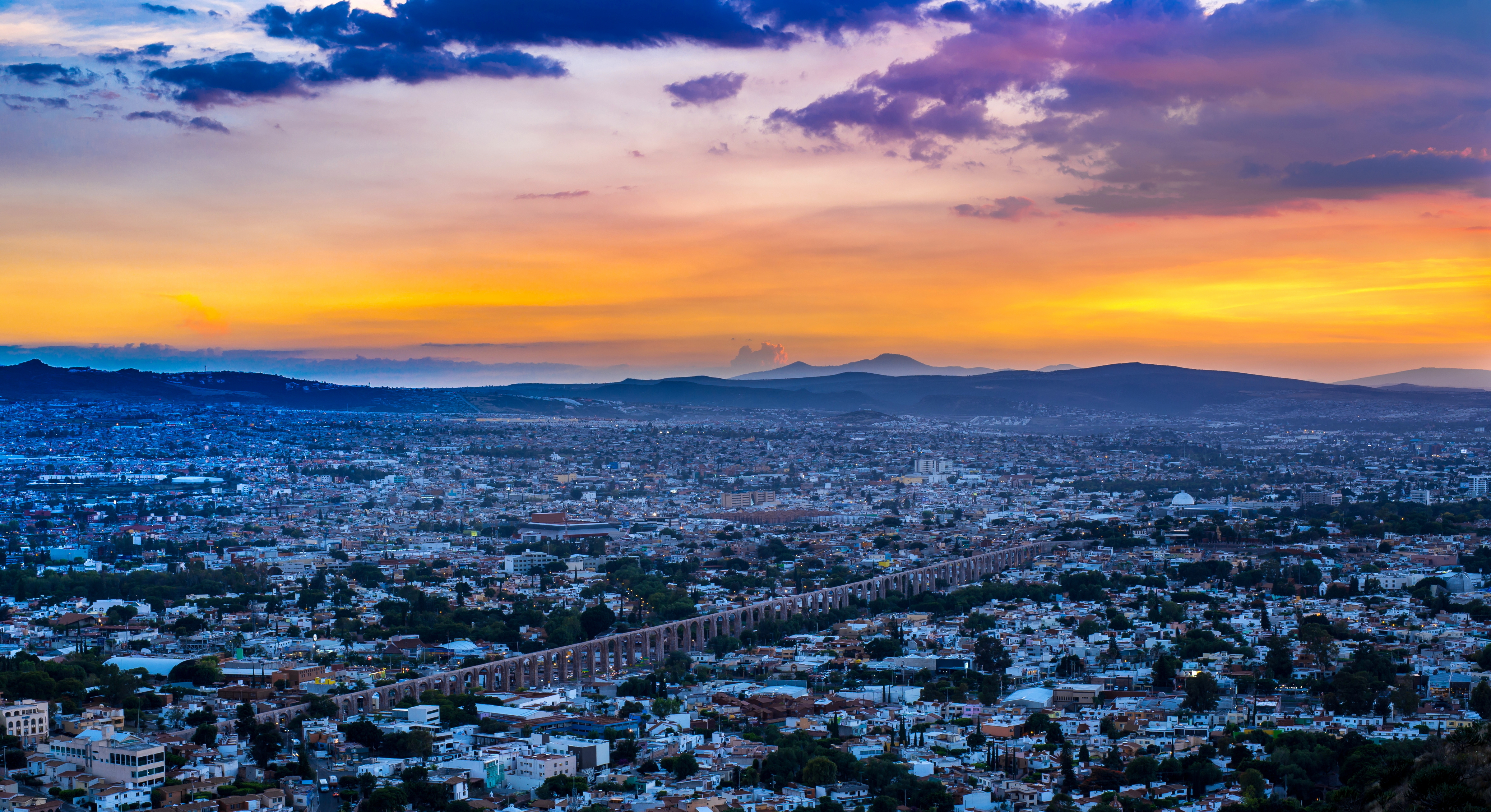Querétaro, actually named Estado Libre y Soberano de Querétaro de Arteaga (Free and Sovereign state of Querétaro Arteaga), is one of the smallest states in Mexico spanning a 4,500 mile square radius. It’s divided into 18 municipalities and harbors 5 geographic regions. The state is located in the north-central area of the country, and has varying climates from deserts to tropical rain forests. Santiago de Querétaro, the state’s capital also known as Querétaro, maintains a beautifully preserved historic downtown that represents a booming economy.
Quality of Life in the Capital
The quality of life in the capital (Querétaro), is comfortable with a growing middle class as OEMs have invested in the metropolitan area, and annual festivals celebrate the arts and culture. Low crime rates and a stable political oversight draw in people from all over the country; as well as foreign investment. Querétaro has the 2nd highest GDP per capita among the country’s metropolitan areas and continues to grow. Over half a million people live in the Querétaro and cater to various maquiladoras that surround the city. Querétaro is situated 220 km (137 miles) from Mexico City, or a two and a half hour drive on a highway directly connecting both cities.

Quéretaro is know for its wine and cheese festivals
Infrastructure in the Capital
Querétaro’s infrastructure has always been technologically advanced. The city is known for its 75ft tall, 4,200ft long aqueduct with 74 arches that was finished in 1723, a feat of advanced civil engineering at the time. More specifically, most of the state’s economic and infrastructure growth generates from Querétaro. The highway system supports a significant amount of international goods transportation, and is maintained by an inner customs office that facilitates the shipment of manufactured products to foreign countries. Commuting to the U.S. border is a 9 hour drive with a highway system centered around Querétaro that connects to other main cities in both countries, making Querétaro a hub for goods traveling north and south.
The Capital’s History
Travelers also visit the Historic Monuments Zone in the capital (Querétaro) that was named a UNESCO World Heritage site in 1996. In fact, Querétaro is the birthplace of Mexico’s independence from Spain in 1810, and was the temporary capital of Mexico in 1846. The Treaty of Guadalupe Hidalgo was signed in the city in 1848, and ended the Mexican-American war which surrendered half of Mexico to the U.S.. In 1917, the Mexican Constitution used today was signed. Through its many historic events, Querétaro has maintained its colonial architecture, including fountains, churches, statues and historic landmarks.

Historic Aquaducts
State Culture
The city San Sebastián Bernal is the state’s Pueblo Mágico, which is a town in Mexico that offers a magical experience, a classification provided by Mexico’s Secretariat of Tourism. The pueblo has the third largest monolith in the world and is considered sacred by ancient cultures, dating back to the Jurassic Period over 100 million years ago. There are two main indigenous communities in the state, the Otomi and the Pame that live within three regions of Querétaro. Both groups are mainly bilingual and speak Spanish along with a dialect of the Oto-manguean language. Specifically, the Otomis have been in existence for 5,000 years (before the Aztecs) and were part of major cities during the Aztec and colonial empires.

Pena de Bernal Monolith, third largest in the world
Leisure
One fun fact is that Querétaro is known for its notable wine and vineyards. In the cities San Juan del Rio and Ezequiel Montes, the well known vineyard Finca Freixenet benefits from an ideal climate for growing grapes. The vineyard has a cave 82 feet below ground that acts a wine cellar year round. This vineyard is one of many growers in the area and participates in an annual wine and cheese festival, adding to the state’s charm. Querétaro has a stable economy with great infrastructure and a rich history to be proud of. Connections to the U.S. and the rest of Mexico make investment in Querétaro’s success possible.
Subscribe
Sign up and stay informed with tips, updates, and best practices for manufacturing in Mexico.




.jpg)
.jpg)
